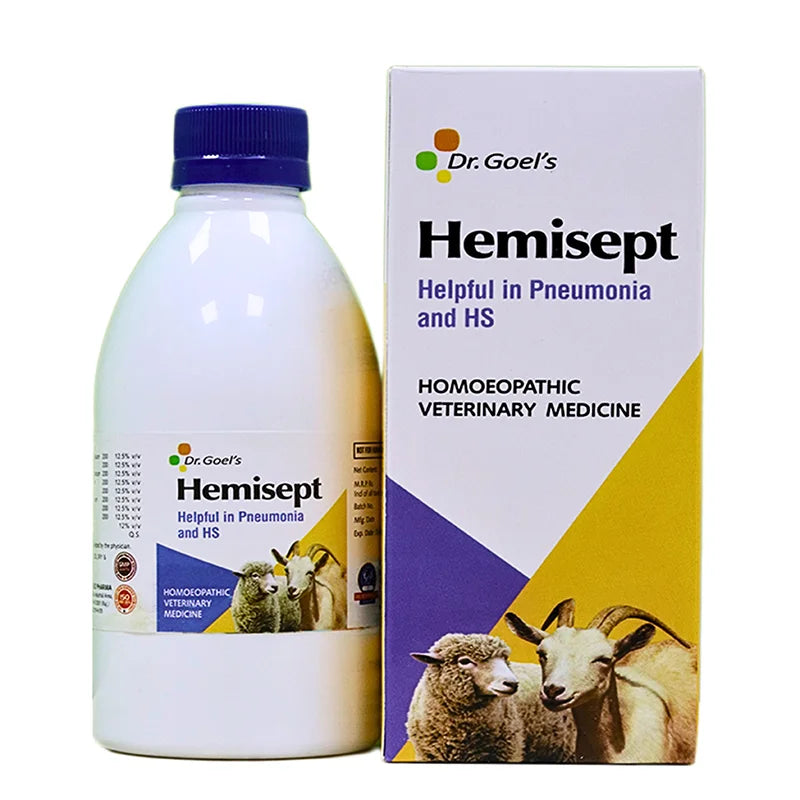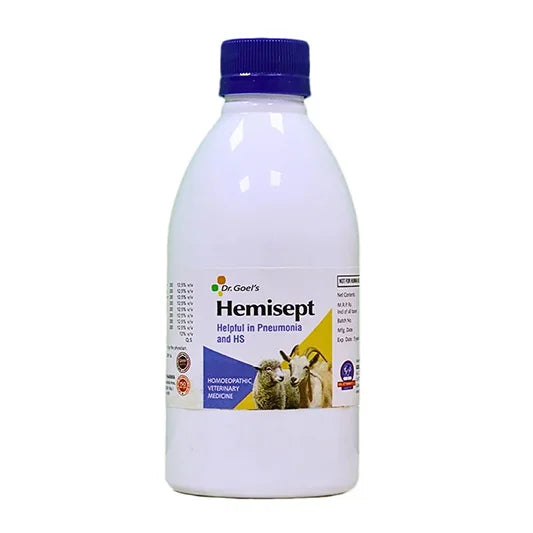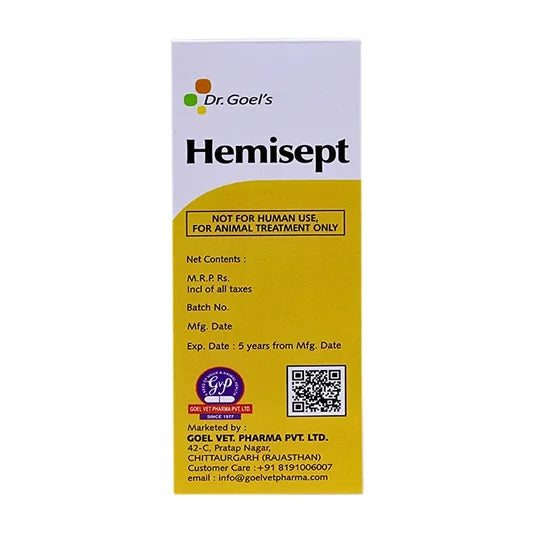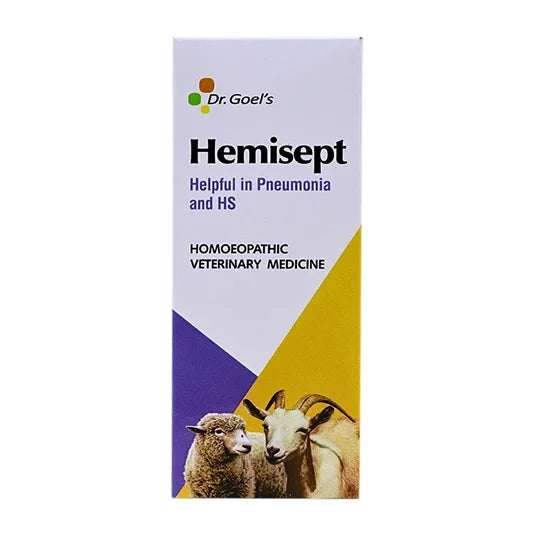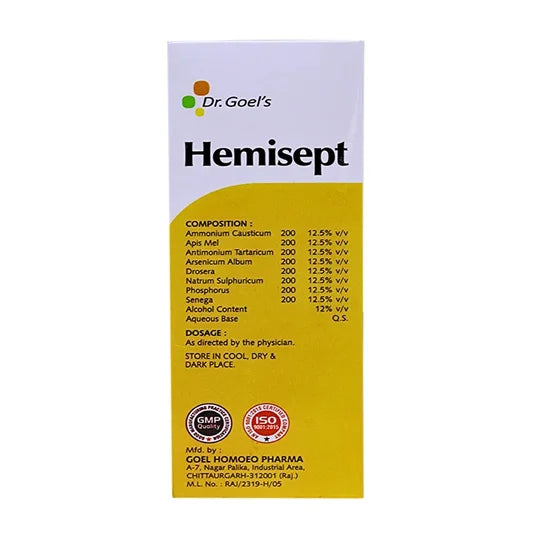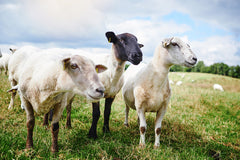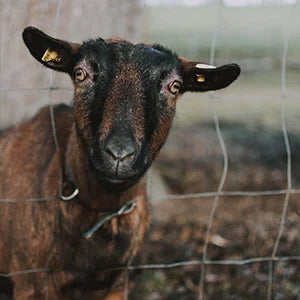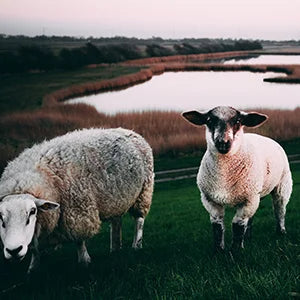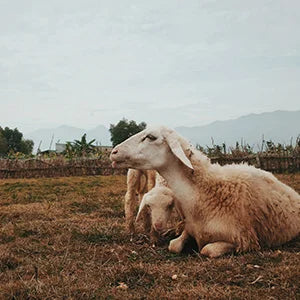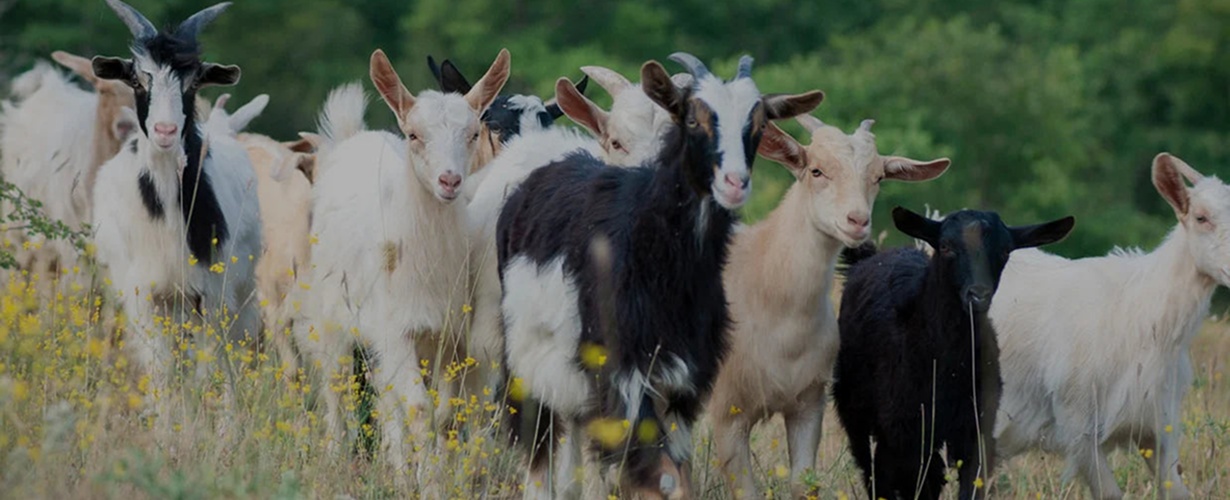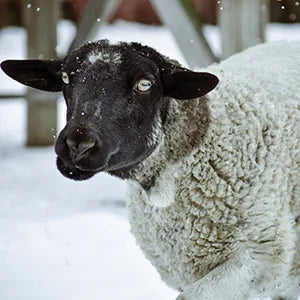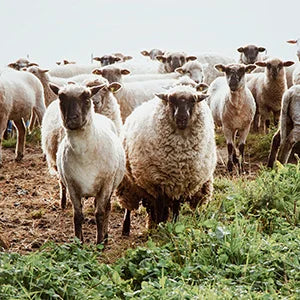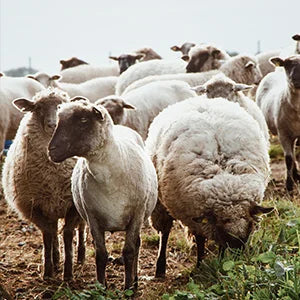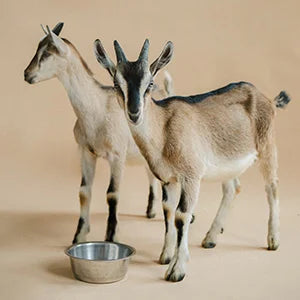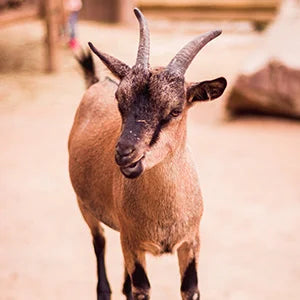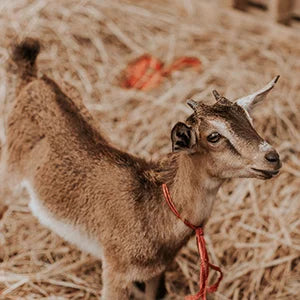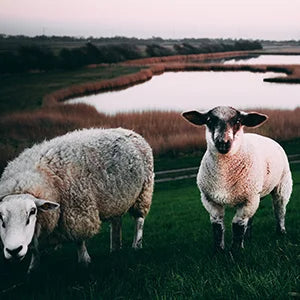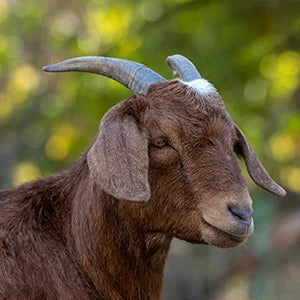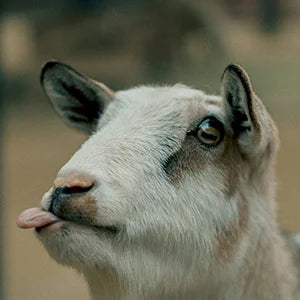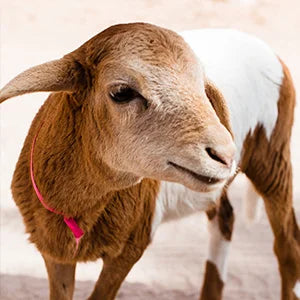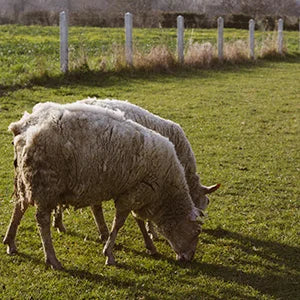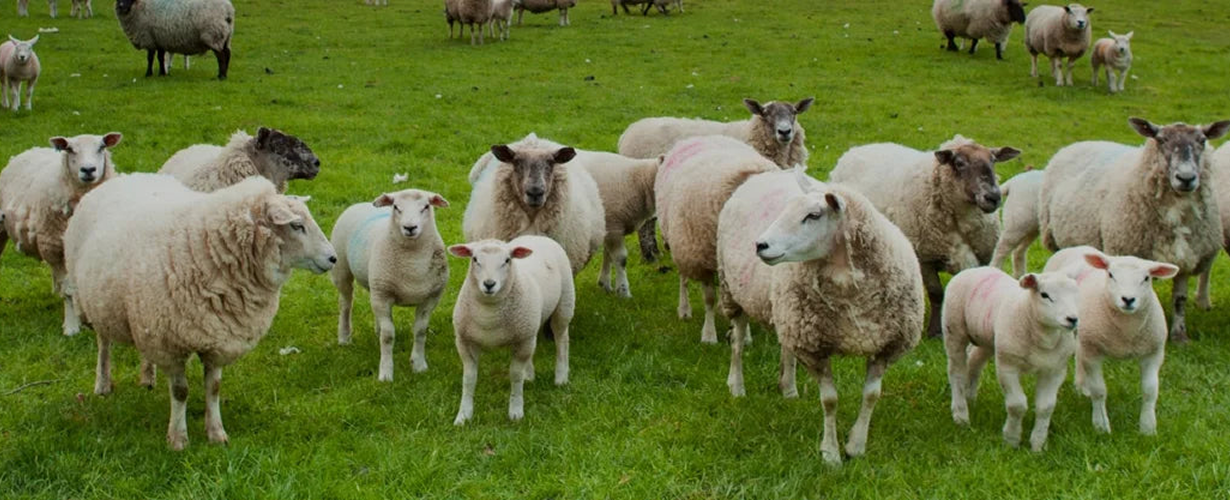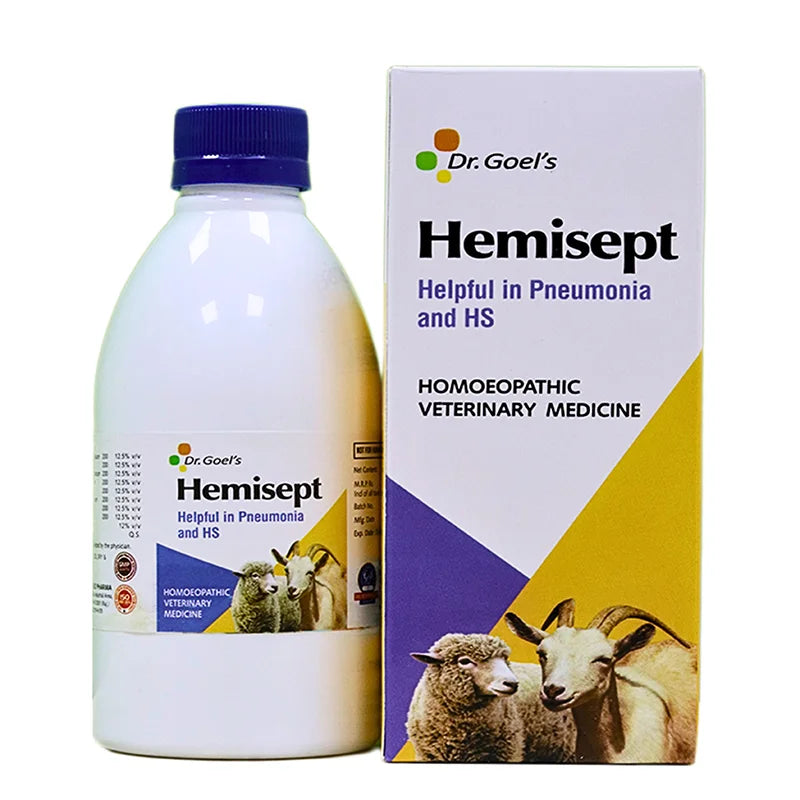Pneumonia and Caseous Lymphadenitis (HS) are prevalent respiratory diseases in sheep and goats. Pneumonia, from bacteria or viruses, presents with coughing and fever. Prevention: good ventilation, nutrition, and stress reduction. HS, caused by Corynebacterium pseudotuberculosis, results in pus-filled lumps. Control: vaccination, quarantine, and culling. Regular veterinary monitoring and proactive management are key for effective prevention in flocks/herds.
Common causes of Pneumonia & HS in sheep & Goat include:
-
Bacterial Infections
Pathogens like Mannheimiahaemolytica, Pasteurellamultocida, and Mycoplasma species are frequent culprits causing pneumonia in these animals, especially when environmental stressors weaken their immune systems.
-
Viral Infections
Respiratory viruses such as the Parainfluenza virus, Adenovirus, and Respiratory Syncytial Virus (RSV) can also lead to pneumonia in susceptible sheep and goats.
-
Environmental Factors
Poor ventilation, overcrowding, drafts, sudden changes in weather, or exposure to damp and cold conditions can predispose these animals to respiratory issues.
-
Parasitic Infections
Lungworms and other internal parasites can cause respiratory distress, leading to secondary bacterial infections and pneumonia.
Save your Sheep & Goat from Pneumonia & HS issue
Preventing pneumonia and Caseous Lymphadenitis (HS) in cattle includes maintaining good ventilation, minimizing stress, and ensuring proper nutrition for pneumonia. Vaccinations target key pathogens. HS prevention involves strict hygiene, regular health checks, prompt isolation, and treatment. Implementing bio-security protocols and culling infected individuals are crucial to prevent herd-wide spread.
Symptoms of Pneumonia & HS in sheep & Goat
-
Coughing
frequent coughing, sometimes with nasal discharge.
-
Fever
Elevated body temperature, often accompanied by lethargy.
-
Rapid Breathing
Increased respiratory rate or difficulty breathing.
-
Loss of Appetite
Decreased interest in food and water.
-
Nasal Discharge
Clear, mucous-like discharge that may become thicker or discolored.
-
Lethargy
Reduced activity levels, standing apart from the flock/herd.
-
Weakness
Decreased energy, reluctance to move.
-
Abscesses
Visible and palpable lumps or swellings under the skin, usually in the lymph nodes (e.g., around the head, neck, or shoulders).
-
Draining Tracts
Abscesses may rupture, forming open sores or draining tracts that discharge thick pus-like material.
-
Lethargy
Similar to pneumonia, affected animals may show signs of reduced activity and energy.
-
Loss of Appetite
A decreased interest in eating and drinking.
-
Fever
Elevated body temperature, indicating an inflammatory response.
Trusted by Veterinarians
“As a veterinarian, I am thrilled to endorse Dr. Goel Vet Pharma’s homeopathic products for our furry friends. Their commitment to advancing homeopathic veterinary medicine is evident in the exceptional quality of their products. The innovative solutions they provide have significantly enhanced our ability to care for our animal patients, ensuring optimal health outcomes. I highly recommend Dr. Goel Vet Pharma’s products to pet parents for their unwavering dedication to the well-being of pet animals and the invaluable support they offer to the veterinary community.”
– Dr. Sakshi Sharma (B.V.sc. & A.H. M.V.Sc , NET)
Treat your Sheep and Goat from Pneumonia & Hs and related problem with Dr. Goel’s Hemisept
Hemisept for sheep & Goat is a very useful homeopathic medicine to cure Pneumoia & HS related condition. It is helpful in treating symptoms of hoarseness, dyspepsia, hyperpnea, difficulty in breathing, edema of the larynx, suffocation, dry cough, suprasternal pain, hydrothorax, etc. can be improved with this medicine.
